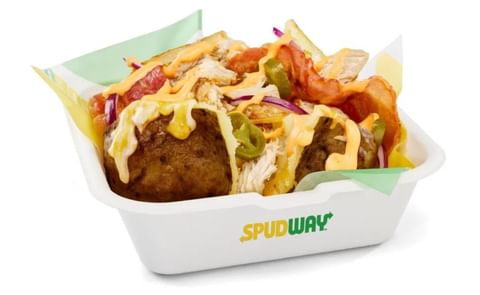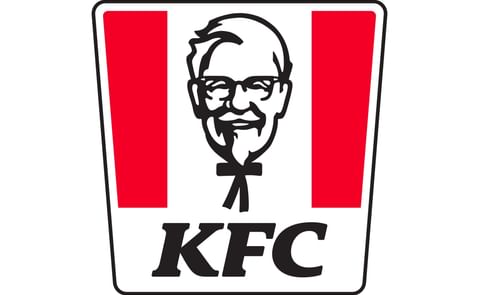The bill approved in the Senate introduces a new and very restricted term "bioengineering". Simplot's Innate potato (shown) may not need to be labeled as GMO, since all introduced genes are from wild and cultivated potatoes
GMO Labeling Bill passed by United States Senate

Last Thursday, the United States Senate has passed, by a vote of 63 to 30, a bill that would create a national standard for labeling food made with genetically modified organisms (GMOs).
The vote marks a win for food companies, farm groups, and biotech firms, which have been pushing the federal government to set a single national standard in hopes of heading off a patchwork of state labeling laws, such as one that went into effect in Vermont on 1 July.
But GMO critics say the bill fails to adequately protect consumers who want to know if a product contains GM ingredients.
Senator Patrick Leahy (D–VT) spoke against the bill during yesterday’s debate, describing it as “a farce of a proposal.” He argued that “with the swift speed with which the proponents of this bill have moved, with no committee process, no debate or amendment process, we will not be able to ensure the language in this bill does exactly what they say that it does. Just take their word for it.”
But Senator Joe Donnelly (D–IN), who supported the bill, said it was a reasonable measure. “It will provide fair and objective information without stigmatizing foods that are completely safe,” he said on the Senate floor. “After months of discussion, we have found a sensible proposal that will bring the right information into our homes and to grocery stores in a responsible way.”
The legislation (S. 764), would block states from issuing mandatory labeling laws and require food manufacturers to use one of three different labels to inform consumers of the presence of GMOs in products.
Manufacturers could comply by providing a label that includes a U.S. Department of Agriculture (USDA) symbol indicating the presence of GMOs, print a label using plain language, or add a scanner- or smartphone-readable QR code that links to ingredient information.
Small businesses also have the option to place a telephone number or internet website on packages that would direct customers to additional information. USDA would have 2 years to decide which products require labeling.
More on the GMO labeling bill:

You may not only need a magnification glass, but a smart-phone as well: the compromise would allow three labeling options: (1) a phrase indicating that the food product contains genetically modified organisms (GMOs), (2) an on-pack symbol or (3) a QR or bar code that consumers could scan with their smartphones.
Food and farm groups are pressing Congress to finalize the legislation next week, before lawmakers go on a 7-week summer recess.
Some companies have already announced that they will start labeling their products in accord with the Vermont law.










